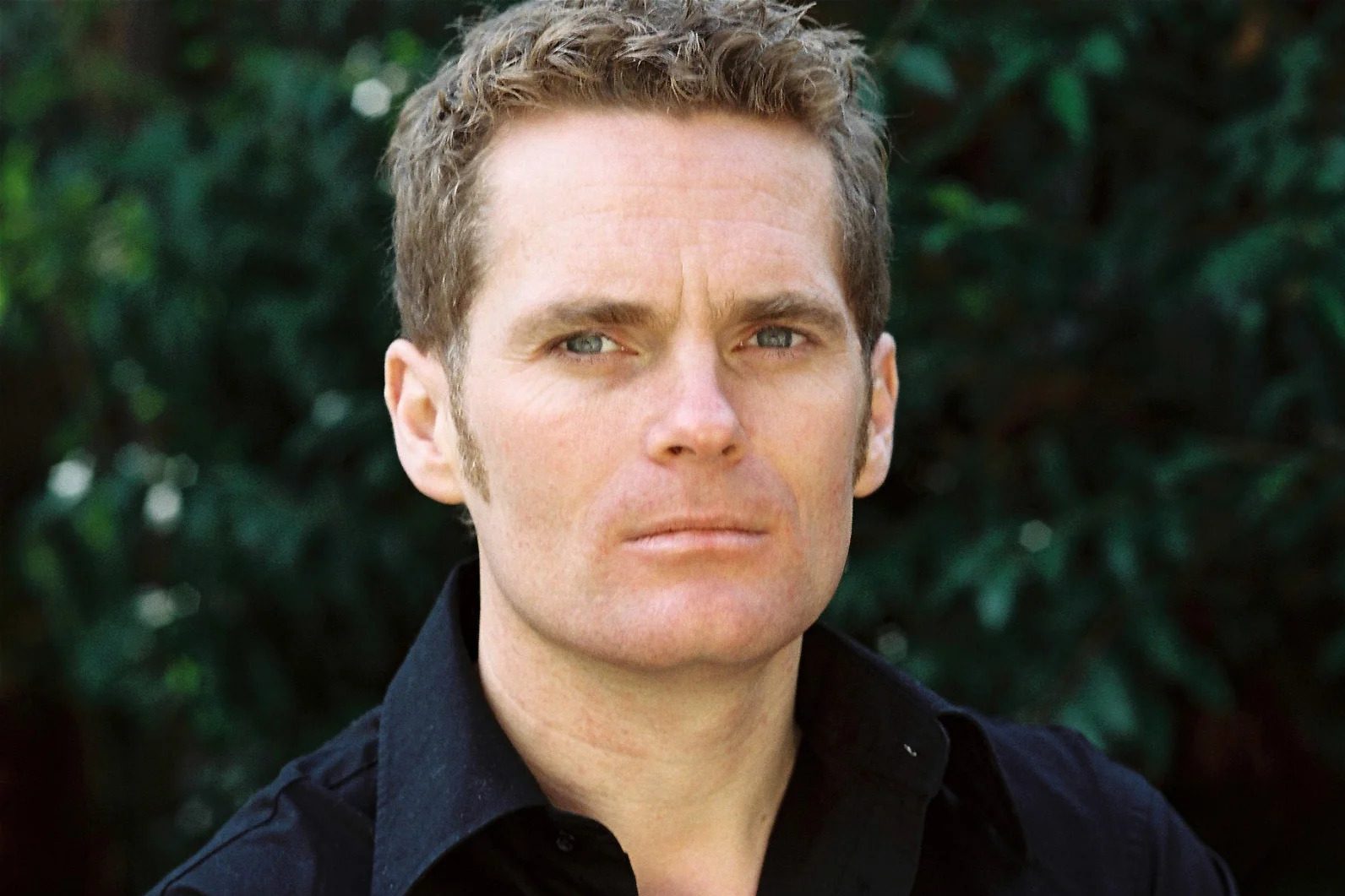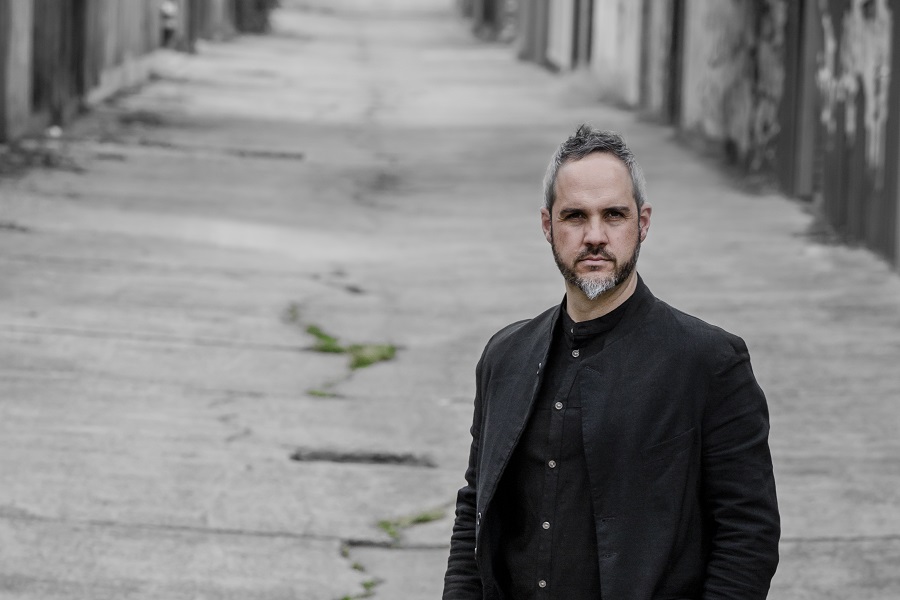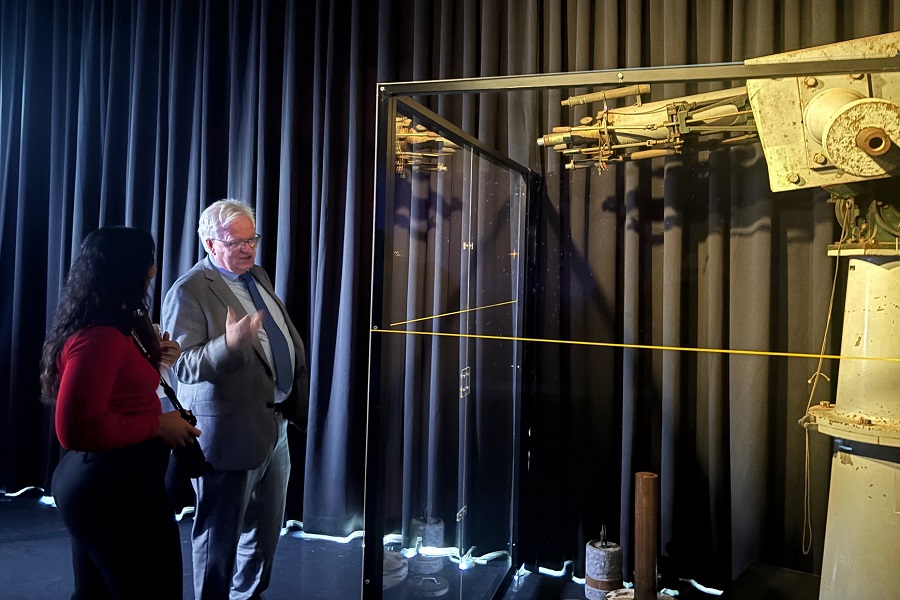
Three books, two by Australian authors, reaffirm the dramatic impact humanity has had, and continues to have, on our fragile environment, writes reviewer COLIN STEELE.
Sydney-based, award-winning writer James Bradley in Deep Water: the World in the Ocean (Hamish Hamilton), combines history, science, nature and environmental writing, to explore the deepest recesses of our natural world. Bradley writes: “All life on Earth is inextricably connected to the deep”.

More than three billion people derive their livelihood from “deep water”, a term Bradley uses to describe the world’s oceans, which cover more than 70 per cent of the Earth’s surface. Arthur C Clarke once wrote that it was “inappropriate to call this planet ‘Earth’ when clearly it is ‘Ocean’ “.
The Pacific, which is larger than all the continents combined, now has in some areas, according to Bradley, more zooplankton-sized plastic than plankton, “meaning animals such as whales and birds are consuming microplastics in large quantities, leading to malnutrition and damage to many organs as the microplastics collect in their tissues”.
It has been estimated there are less than a tenth as many fish in the oceans as there was a century ago. When John Cabot explored the eastern coast of Newfoundland in 1497, the sea was so thick with cod that his ships could hardly move.
However, in the last half century fish stocks have fallen dramatically, victim to the huge factory fishing ships and overfishing with significant impact on local communities.
Rising temperatures have had dramatic consequences on life in the ocean, disrupting food chains, damaging ecosystems, lowering oxygen levels and leading to increasingly extreme weather, marine heatwaves and coral bleaching.
Even the water itself is changing and growing more acidic, as the increased amount of carbon dioxide it is absorbing alters its chemical composition.
High temperatures and ocean acidification have dramatically affected algal species. The current rate of rise in global average temperature at the poles has seen a dramatic reduction in the Antarctic and Arctic ice sheets and rising sea levels.
Bradley convincingly demonstrates that “the deep” is intimately entwined with the rest of the planet, which demands a shift in our understanding of the true scale and complexity of our biosphere.
THE ANU’s world-leading expert in forest ecology, David Lindenmayer, covers another endangered natural resource – native forests. He writes in The Forest Wars (Allen and Unwin) that, over the past 40 years, “I have realised that we can’t understand the dynamics of forest by just looking at a single species… We have to understand how entire forest ecosystems work” and “how important forests are to life on earth”.
Lindenmayer documents the destruction of native forests by government corporations and logging industries that, he argues, is making bushfires worse, killing wildlife and costing taxpayers millions, explicitly for the sake of wood chips for export.
Sir Keith Hancock once wrote that the first settlers in Australia ”hated trees”. Lindemayer writes: “Since colonisation, Australians have been frantically logging our native forests as if our lives depended on it. Our lives do depend on the forests – but on keeping them, not destroying them”.
Both comments reinforce Ashley Dawson’s argument that colonialism and capitalism are the root causes of the current extinction crisis.
Lindenmayer examines the alliance between state forestry authorities, the timber industry and unions, who often intimidate those who question their actions.
Lindenmayer is one of many scientists who have faced physical threats and personal abuse for their views. In Lindemayer’s case, from the native forest logging industry. Nonetheless, he concludes that he is still “a person of hope”, writing the book “to inform and arm people”, a task in which he succeeds admirably.
PULITZER Prize-winning Elizabeth Kolbert in H is for Hope: Climate Change from A to Z (Ten Speed Press) delivers 26 essays, originally published in The New Yorker, tracing the history and impact of climate change. The essays, arranged A-Z, are beautifully illustrated by Wesley Allsbrook.
“A”is for Svante Arrhenius, the 19th century Nobel Prize-winning physicist who first deduced that humans were altering the Earth’s climate through carbon-emitting activities.
Kolbert moves to the present day with the letter B, which she uses to reference climate activist Greta Thunberg’s famous 2021 “blah, blah, blah” speech, which critiqued empty political calls to preserve the planet.
The essays that follow explore many elements of the current global crisis, captured in “U”, the deep uncertainty of the future of climate change.
Kolbert’s concluding “Z”, is for the Colorado River Basin, ground zero for climate change in the US. However, Kolbert, like Lindenmayer, provides some glimmers of hope amongst her cautionary essays on our changing world.
Who can be trusted?
In a world of spin and confusion, there’s never been a more important time to support independent journalism in Canberra.
If you trust our work online and want to enforce the power of independent voices, I invite you to make a small contribution.
Every dollar of support is invested back into our journalism to help keep citynews.com.au strong and free.
Thank you,
Ian Meikle, editor




Leave a Reply